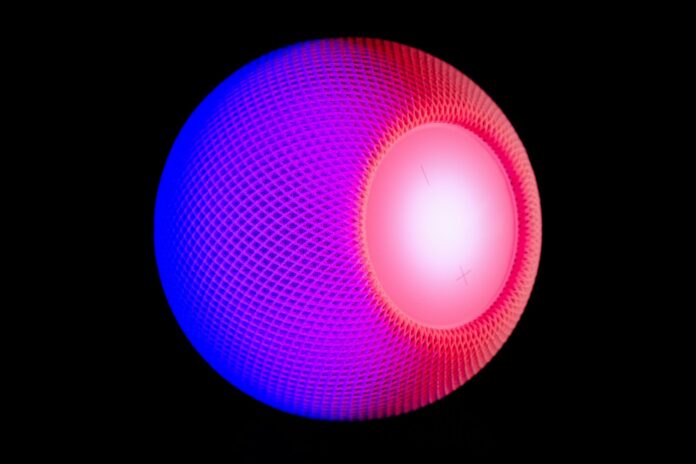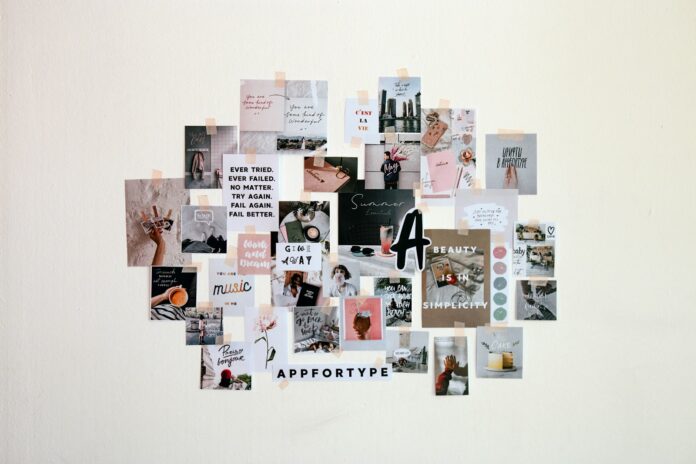Art has long been celebrated as a visual medium, capturing the imagination and stimulating the senses through brushstrokes, colors, and compositions. However, the power of art extends beyond what meets the eye. Sound, with its ability to evoke emotions and engage our auditory senses, has found an intriguing intersection with visual art. This fusion of art and sound has given rise to a new dimension of artistic expression that transcends the boundaries of traditional visuals. In this article, we will explore the profound merging of these two forms of artistic communication.
Painting with Sound: The Auditory Canvas
Visual art often breathes life into the static canvas through the dynamic use of color, line, and shape. Similarly, sound can be used as a tool to paint a vivid and immersive auditory canvas. Artists now explore the creation of soundscapes, where the composition becomes an intricate expression of emotions, atmospheres, and stories. Just as an artist might use brushstrokes to layer and blend colors, musicians and sound artists utilize various tones, textures, and rhythms to build complex auditory narratives.
The concept of painting with sound has been employed by composers and musicians to enhance the immersive experience of visual arts exhibitions and installations. By orchestrating soundscapes that resonate with the underlying themes or visual elements of an artwork, they create an entirely new dimension for the audience to explore. Through the harmonious coexistence of art and sound, viewers engage with a multi-sensory experience that amplifies the impact and emotional resonance of the artwork.
Synesthesia: When Art and Sound Collide
Beyond sound complementing visual art, a phenomenon known as synesthesia takes the fusion between art and sound to another level. Synesthesia refers to a neurological condition in which one sensory experience involuntarily triggers another. This means that an individual with synesthesia might see colors and shapes when they hear specific sounds or musical notes.
For artists and musicians who experience synesthesia, the relationship between sound and visual art becomes deeply intertwined. They can tap into this multisensory experience in their artistic creations, creating visual art that directly translates into sound, or vice versa. This unique ability allows synesthetic artists to present the world in a way that combines the auditory and visual dimensions. They provide audiences with an extraordinary glimpse into their sensorial experiences and invite them to perceive art in an entirely novel way.
This cross-pollination between art and sound opens up a world of possibilities for both artists and audiences. It encourages exploration, collaboration, and a deeper understanding of how different sensory stimuli can intertwine to create a rich and authentic artistic experience. By pushing the boundaries of traditional art forms, the intersection of art and sound challenges us to see, feel, and hear the world in new and captivating ways.














